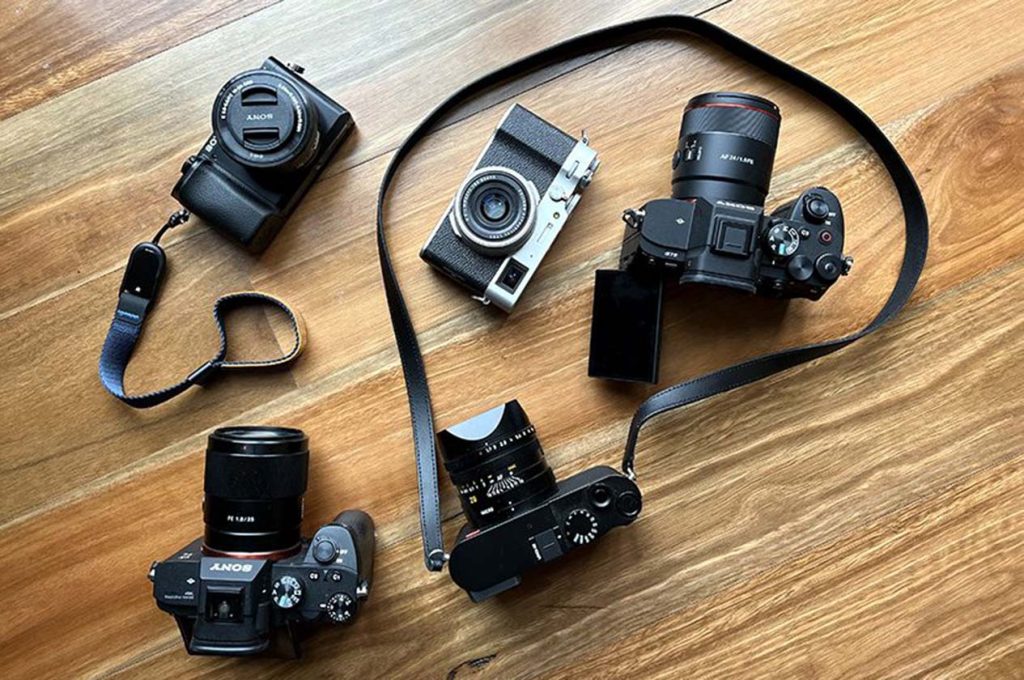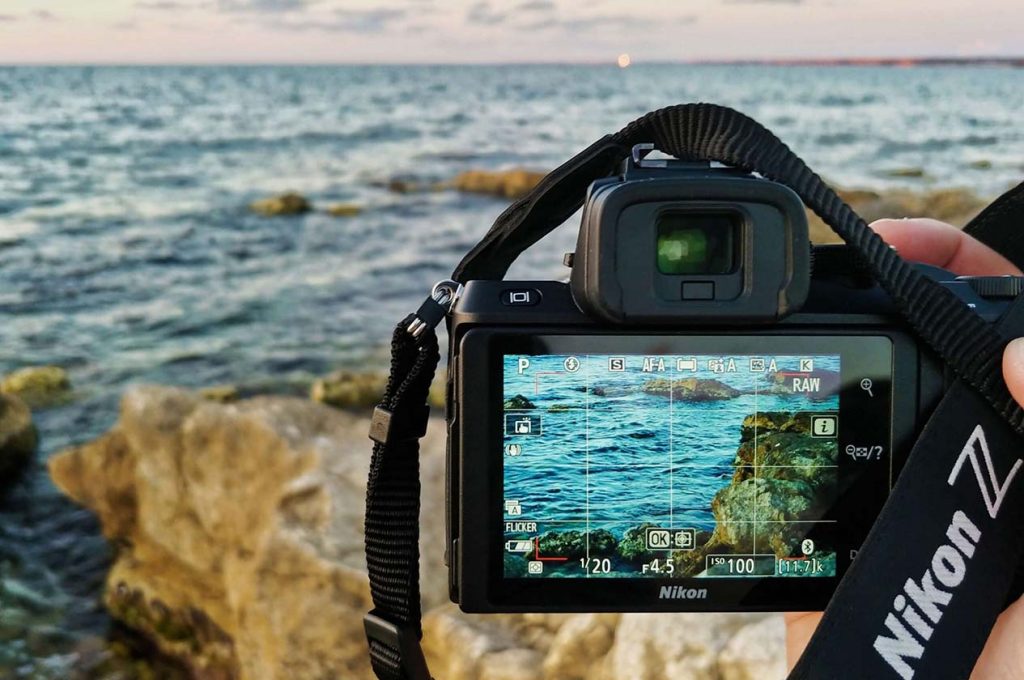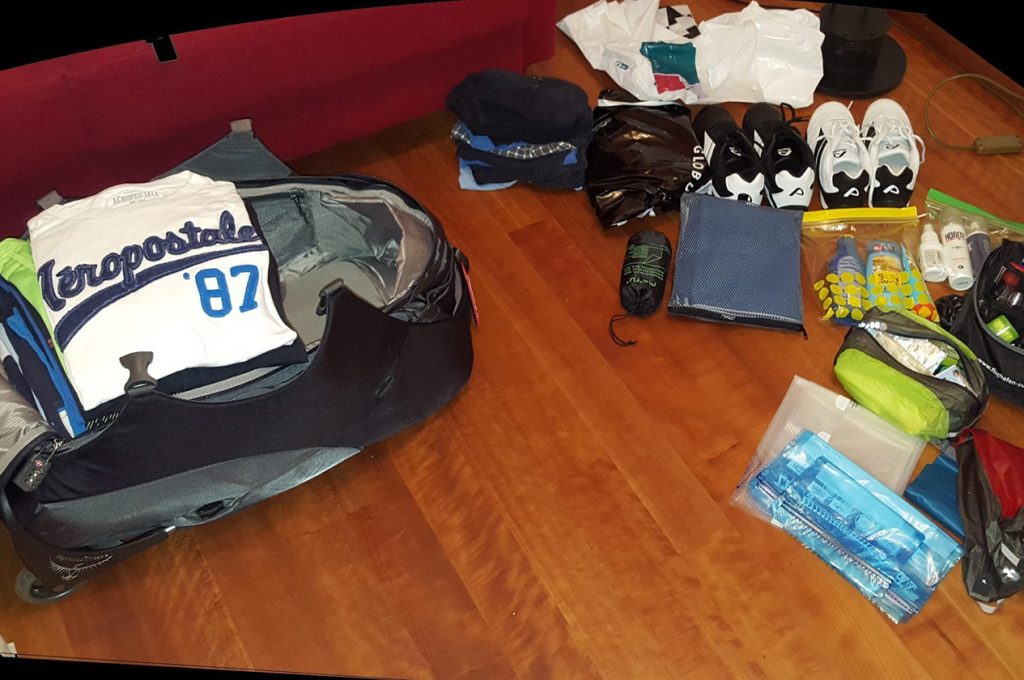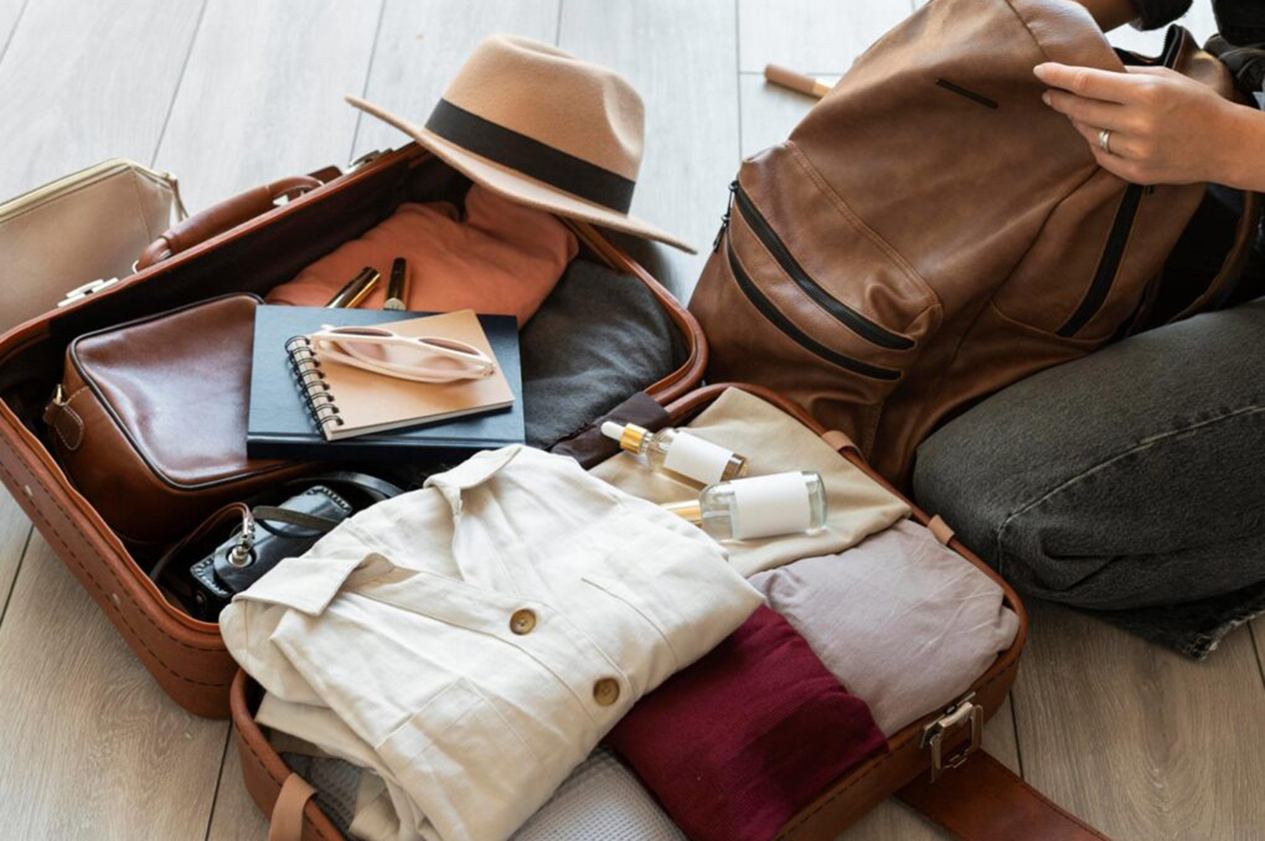As I set foot in the diverse and captivating city of Auckland, my lens instantly absorbed the vibrant tapestry of landscapes, urban scenes, and cultural richness. Photographers, like explorers, seek to capture moments frozen in time, preserving the essence of a place through their art. Auckland, a city brimming with natural beauty, architectural marvels, and a tapestry of cultures, offers an endless array of photographic opportunities for enthusiasts like us.
Whether you’re drawn to the sweeping vistas of the coastline, the bustling streets teeming with life, or the quiet charm of its parks, Auckland is a canvas waiting to be immortalized through your lens.
Essential Photography Equipment
Auckland’s diverse landscapes, from its stunning beaches to urban cityscapes, demand a versatile set of equipment to capture their essence. From the perfect camera selection to the choice of lenses and accessories, equipping yourself appropriately is the first step toward encapsulating the city’s beauty.
Preparing for the Shot
Understanding the nuances of light, composition, and weather plays a pivotal role in crafting visually stunning photographs. Auckland’s dynamic weather and varied lighting conditions present both challenges and opportunities that can elevate your photography to new heights.
Capturing Auckland’s Landmarks
The city is adorned with iconic landmarks that serve as beacons of its identity. From the towering Sky Tower to the graceful Auckland Harbour Bridge, each structure tells a story waiting to be immortalized through your lens.
Street Photography and Urban Scenes
Auckland’s streets pulse with life, offering a rich tapestry of urban scenes. Candid moments, architectural wonders, and the vibrant energy of the city streets await your keen eye and camera lens.
Nature and Scenic Beauty
Auckland’s natural splendor, from its lush parks to rugged coastlines, presents an awe-inspiring canvas for nature enthusiasts. Uncover techniques to capture the breathtaking beauty of the city’s landscapes.
Cultural and People Photography
Immerse yourself in the city’s cultural tapestry by documenting its festivals, events, and the warmth of its people. Learn to respectfully capture the soul of Auckland’s diverse communities.
Post-Processing and Editing
Beyond the click of the shutter, the magic often continues in the editing room. Discover how to refine and enhance your photographs while preserving their authenticity.
Join me on a photographic journey through Auckland, where every frame tells a story, and every click captures a moment of this city’s captivating allure.
Essential Photography Equipment
Camera Selection
Selecting the right camera is crucial as it forms the backbone of your photography gear. Auckland’s diverse landscapes and urban scenes call for different styles of photography, and various types of cameras cater to different preferences:
DSLR Cameras: These are versatile and offer excellent image quality. They allow for interchangeable lenses, providing flexibility to capture various scenes. Ideal for landscape, street, and portrait photography, DSLRs offer manual controls for advanced users seeking creative freedom.
Mirrorless Cameras: Compact and lightweight, mirrorless cameras deliver high-quality images with interchangeable lenses. They are perfect for travelers and street photographers seeking portability without compromising image quality. Their electronic viewfinders offer real-time previews, aiding in composing shots accurately.
Compact Cameras: Point-and-shoot cameras are user-friendly and portable, suitable for casual photographers or those prioritizing convenience. They’re great for quick snapshots and everyday use but might have limitations in capturing finer details compared to DSLRs or mirrorless cameras.
Lenses
Lenses play a pivotal role in capturing Auckland’s diverse landscapes, cityscapes, and details. Here are recommendations for lenses suitable for various photography styles:
Wide-Angle Lens (10-24mm): Ideal for landscapes, cityscapes, and capturing the grandeur of Auckland’s skylines. Wide-angle lenses allow you to encompass vast scenes and emphasize perspectives.
Standard Zoom Lens (24-70mm): Versatile and suitable for a wide range of scenes, including portraits, street photography, and some landscapes. This lens offers flexibility and quality for everyday shooting.
Telephoto Lens (70-200mm or higher): Perfect for capturing distant subjects, details, and compressing perspectives. Great for isolating subjects and capturing unique angles of cityscapes or natural beauty from a distance.
Macro Lens: For photography enthusiasts interested in detailed close-ups of Auckland’s flora, fauna, or intricate architectural details, a macro lens allows for stunning close-up shots with fine details.
Tripods and Accessories
Stability is key to capturing sharp and clear images, especially in low light or long exposure situations. Tripods provide stability and allow for long exposures, capturing stunning night scenes or slow-motion effects. Additional accessories like remote shutter releases, ND filters for controlling light, lens filters for enhancing colors, and lens hoods for reducing glare are beneficial in enhancing photography experiences.
Choosing the right combination of camera, lenses, and accessories depends on your photography style, preferences, and the specific scenes you aim to capture in Auckland. Experimenting with different gear will help you find the perfect setup to express your vision through photography in this diverse and picturesque city.

Preparing for the Shot
Understanding Light
Auckland’s ever-changing light presents a canvas of endless photographic possibilities. Mastering the art of utilizing natural light is crucial for creating captivating photographs:
Golden Hours: The hours just after sunrise and before sunset bathe Auckland in a warm, golden glow, offering soft, diffused light that enhances landscapes and cityscapes. Utilize this period, known as the “golden hour,” for stunning and atmospheric shots.
Harsh Light: Midday sunlight can cast strong shadows and create harsh contrasts. Experiment with different angles, use shadows creatively, or seek shaded areas to avoid overexposure. Cloudy days, common in Auckland, provide diffused light, ideal for even tones and softer shadows.
Backlighting: Embrace backlighting, especially during sunrise or sunset, to create silhouettes or add a dramatic halo effect to subjects. Experiment with exposing for the highlights or using fill flash to balance the exposure.
Reflections: Auckland’s water bodies, like the Waitemata Harbour, provide opportunities for captivating reflections. Utilize water surfaces to create mirror-like reflections of cityscapes or landscapes.
Composition Tips
The art of composition is fundamental in creating visually compelling images. Explore these composition techniques to elevate your photography:
Rule of Thirds: Divide your frame into a 3×3 grid and position key elements along these lines or at their intersections. This technique creates dynamic and balanced compositions.
Leading Lines: Use lines, such as roads, pathways, or architectural elements, to guide the viewer’s eye through the frame, adding depth and drawing attention to focal points.
Framing: Incorporate natural elements like branches, archways, or windows to frame your subject, drawing focus and adding context to your composition.
Symmetry and Patterns: Look for symmetrical scenes or patterns in architecture, nature, or cityscapes, creating visually striking and harmonious compositions.
Weather Considerations
Auckland’s weather can be unpredictable, offering a mix of sunshine, rain, and clouds within a single day. Embrace these weather fluctuations to your advantage:
Rainy Days: Don’t let rain deter your photography. Rainy weather can add moodiness, reflections, and vibrant colors to your shots. Utilize rain-soaked streets or puddles for interesting reflections.
Cloudy Skies: Cloud cover diffuses light, creating soft and evenly-lit scenes. Use cloudy days to capture portraits or landscapes with reduced harsh shadows.
Dynamic Weather: Be patient and adaptable. Auckland’s weather can change quickly, providing opportunities for unique shots as light conditions shift.
By understanding and harnessing natural light, mastering composition techniques, and adapting to Auckland’s diverse weather, you can transform ordinary scenes into extraordinary photographs, capturing the essence and beauty of this magnificent city. Experimentation, patience, and a keen eye will undoubtedly elevate your photography in Auckland to new heights.
Capturing Auckland’s Landmarks
Iconic Landmarks
Auckland boasts iconic landmarks that define its skyline and cultural identity. Here’s how to capture the essence of these landmarks through photography:
Sky Tower: Auckland’s tallest structure, the Sky Tower, offers panoramic views of the city. To photograph it, consider shooting from various angles and distances, emphasizing its height against the cityscape or capturing its reflection on nearby buildings.
Auckland Harbour Bridge: This architectural marvel provides stunning photo opportunities. Capture its grandeur from different perspectives, such as under the bridge for unique views or from waterfront locations to showcase its span across the harbor.
Auckland War Memorial Museum: Situated in the Auckland Domain, this iconic museum features neoclassical architecture and rich heritage. Focus on its intricate details, explore different angles, and consider incorporating surrounding greenery for captivating compositions.
Parks and Gardens
Auckland’s lush parks and gardens offer serene landscapes and vibrant flora, providing excellent opportunities for nature photography:
Auckland Domain: This sprawling park houses the Auckland War Memorial Museum and offers a diverse range of scenery. Capture its rolling landscapes, impressive trees, and serene ponds, especially during the golden hours for stunning natural light.
Albert Park: Located near the University of Auckland, this Victorian-style park features formal gardens, sculptures, and a fountain. Experiment with framing compositions using the park’s architectural elements and capturing candid moments of visitors enjoying the park’s ambiance.
Parnell Rose Gardens: Known for its extensive collection of roses, this garden provides a burst of colors and fragrances. Focus on close-up shots of blooming flowers, use leading lines to guide the viewer’s eye, and capture the garden’s tranquility.
Street Photography and Urban Scenes
Street Photography Techniques
Auckland’s streets buzz with energy and offer candid glimpses of daily life. To capture the urban vibe:
Candid Shots: Blend into the surroundings, observe people’s interactions, and capture authentic moments without disturbing the scene. Seek interesting expressions, gestures, or unique street activities.
Daily Life: Document the city’s diverse culture through photographs of street vendors, performers, commuters, and local interactions. Use a storytelling approach to convey the essence of life in Auckland’s streets.
Urban Landscapes
Auckland’s urban landscape showcases a mix of modern architecture and historic charm. Here’s how to capture its essence:
Skyline Photography: Head to vantage points like Mount Eden or Devonport for captivating skyline views. Experiment with different focal lengths and capture the skyline during golden hours for dramatic lighting.
Streetscapes: Focus on the city’s architectural details, capturing patterns, textures, and juxtapositions of old and new buildings. Utilize leading lines to draw attention to architectural features or use reflections for creative compositions.
By approaching Auckland’s landmarks, parks, streets, and urban landscapes with an artistic eye and an understanding of photographic techniques, you’ll unveil the city’s charm through a lens, capturing moments that reflect its unique character and beauty.
Nature and Scenic Beauty
Coastal Views
Auckland’s coastline is a treasure trove of natural beauty. Here’s how to capture the mesmerizing coastal areas and beaches:
Beachscapes: Auckland’s beaches offer diverse photography opportunities. Experiment with long exposures to capture the motion of waves or use polarizing filters to enhance colors and reduce glare. Early mornings or sunset hours provide soft, golden light, perfect for beach scenes.
Rock Formations: Coastal areas like Piha or Muriwai feature distinctive rock formations. Use these as foreground elements to add depth and interest to your compositions. Explore different angles and perspectives to create visually stunning images.
Seascapes: Incorporate elements like driftwood, shells, or reflections on wet sand for unique compositions. Consider utilizing leading lines, such as natural formations or shorelines, to draw attention to specific points of interest.
Hiking Trails and Natural Reserves
Auckland’s hiking trails and reserves offer picturesque landscapes waiting to be captured:
Waterfalls: Locations like the Waitakere Ranges boast enchanting waterfalls. Utilize slower shutter speeds to capture the dreamy flow of water. Experiment with different angles and compositions to emphasize the waterfall’s grandeur amidst lush greenery.
Lush Landscapes: Auckland’s reserves, such as the Hunua Ranges, showcase dense forests and vibrant flora. Use wide-angle lenses to capture expansive views, focusing on layers of trees or patterns created by foliage.
Hiking Trails: Capture the sense of adventure and exploration by photographing hikers traversing trails. Use leading lines formed by paths or incorporate hikers into the frame to add a sense of scale and perspective.
Cultural and People Photography
Cultural Events and Festivals
Auckland’s diverse cultural events and festivals offer rich photographic opportunities:
Cultural Celebrations: Whether it’s the Auckland Diwali Festival, Pasifika Festival, or Lantern Festival, these events offer vibrant colors, performances, and cultural displays. Capture candid moments of joy, traditional costumes, and cultural performances.
Community Engagements: Engage with participants respectfully. Seek permission before taking portraits or close-ups. Use longer focal lengths for candid shots if you want to maintain a distance while capturing genuine expressions and interactions.

Portraiture
Capturing portraits and street portraits requires sensitivity and a connection with your subjects:
Street Portraits: Approach people politely, explaining your intent to photograph them. Capture candid expressions or request posed shots, ensuring you respect their comfort levels. Use wider apertures to create background separation and emphasize the subject.
Environmental Portraits: Consider capturing locals in their natural settings or workplaces, showcasing their stories and adding context to the portraits. Engage with subjects, build rapport, and capture their personalities authentically.
By exploring Auckland’s coastal vistas, natural reserves, cultural events, and engaging respectfully with locals, you’ll unveil the city’s diverse facets through your lens. Embrace the beauty of nature, cultural richness, and human connections, capturing moments that encapsulate Auckland’s essence.
Post-Processing and Editing
Editing Software
Choosing the right editing software is pivotal in enhancing your photographs while maintaining their authenticity. Here are recommendations and tips for post-processing:
Adobe Lightroom: This versatile software offers a wide array of tools for adjusting exposure, colors, contrast, and more. Its non-destructive editing allows for precise adjustments without altering the original image. Utilize Lightroom’s presets or create your own to streamline editing workflows.
Adobe Photoshop: Ideal for advanced editing, Photoshop provides tools for intricate retouching, compositing, and detailed adjustments. Use layers, masks, and blending modes for more intricate editing tasks.
Capture One: Known for its exceptional raw processing capabilities, Capture One offers powerful tools for color grading, sharpening, and tethered shooting. Its intuitive interface is favored by many professional photographers.
Tips for Post-Processing: When editing, start with basic adjustments like exposure, contrast, and white balance to correct any flaws. Experiment with color grading to evoke specific moods or enhance the overall feel of the photograph. Use selective adjustments to target specific areas without altering the entire image.
Retaining Authenticity
While editing can enhance visual appeal, it’s essential to preserve the authenticity and integrity of your photographs:
Maintain Original Vision: Use editing to emphasize or highlight elements that were present when capturing the photo. Avoid drastic alterations that fundamentally change the essence of the image.
Avoid Over-Editing: Strive for a natural look. Excessive editing can lead to an artificial appearance and detract from the authenticity of the scene. Balance adjustments to retain the image’s original feel.
Preserve Details: Be mindful not to lose crucial details during editing. Maintain textures, tones, and details that contribute to the narrative or aesthetic of the photograph.
Honesty in Representation: Ensure that edited images truthfully represent the scene or subject. Avoid misrepresenting reality or misleading viewers through heavy manipulations.
Backup Originals: Always preserve the original, unedited versions of your photographs. This safeguards against accidental over-editing and allows you to revert to the original if needed.
Post-processing is a valuable tool for enhancing photographs, but it should complement the original vision without compromising authenticity. With the right editing software and a mindful approach to adjustments, you can elevate your images while retaining the genuine essence of the moments captured. Strive to create photographs that resonate authentically and ethically with your viewers, maintaining the integrity of your artistry.
In traversing the realms of photography within the captivating city of Auckland, we’ve embarked on a visual journey exploring its diverse landscapes, vibrant culture, and iconic landmarks.
From the pristine coastal vistas to the pulsating urban scenes, each aspect of Auckland offers a canvas for photography enthusiasts to craft their visual narratives. Let’s recap the key takeaways:
Embracing Equipment and Techniques
Selecting the right gear, understanding lighting nuances, and mastering composition techniques lay the foundation for exceptional photography in Auckland. The versatility of camera equipment and the mastery of light and composition techniques are pivotal in translating the city’s beauty into captivating visual stories.
Exploring Auckland’s Diversity
From the towering Sky Tower to the serene landscapes of parks and reserves, Auckland presents a mosaic of diverse scenes. Capturing its landmarks, natural vistas, and urban landscapes offers an opportunity to express individual creativity and perspectives.
Cultural Engagement and Authenticity
Engaging with Auckland’s cultural events, festivals, and its people requires sensitivity and respect. Portraying authenticity in photographs while maintaining the original essence of the scene is crucial. By celebrating cultural diversity and capturing genuine moments, photographers contribute to a truthful representation of the city’s vibrant tapestry.
Enhancing Through Editing
Post-processing is a powerful tool to refine and enhance photographs. Choosing the right editing software and balancing enhancements while retaining authenticity ensures that the final images stay true to the original vision.
Encouragement to Explore Auckland’s Beauty
As I reflect on my personal experiences exploring Auckland through photography, I’m inspired by the infinite possibilities this city offers. I encourage photography enthusiasts to venture into Auckland’s streets, parks, coastal areas, and cultural events, armed with their lenses and creativity.
Unveil the city’s charm, tell its stories through your unique perspectives, and let your photographs narrate the rich tapestry of Auckland’s beauty. Embrace the challenge of capturing its essence and create visual legacies that resonate with your audience.




